7 Essential Elements to a Good Photo
![]()
Photography is a visual art, and as with most art forms, there are no rigid rules or formulas that guarantee a captivating image. However, there are certain key elements that often contribute to an image’s impact and appeal.
1. A Good Photo is Technically Correct
No matter how much emphasis we place on the artistic language of photography, a good photographic work in the modern day must first and foremost be technically correct. Here, technical correctness refers to proper focusing, exposure, color, post-processing, etc.
Many photographers tend to fall into two extremes: one extreme is focusing on the technical quality of an image alone, constantly using magnifying glasses to study image quality, resulting in works that are like industrial products that came off an assembly line, perfect but without vitality. The other extreme is setting the bar too high while lacking the skill to accomplish, constantly referencing photographers such as Henri Cartier-Bresson and Ansel Adams, being out of touch with the times, lacking their own unique ideas, and often stagnating at a beginner’s level in terms of their technical skill.
Today, the development of hardware and software technology has left little excuse for obvious technical flaws. A three-year-old child, after being given some simple instructions, can take a technically and compositionally correct photo with a smartphone, on par with that of an adult beginner.
More and more technical errors occur in post-processing. Today, no matter what your views are on post-processing, it is an unavoidable photographic tool. Ignoring post-processing means falling behind the times. How to achieve appropriate post-processing has become a basic skill that every photographer needs to master. With software technology that can easily handle many post-processing tasks at the click of a button, obvious errors in post-processing are also becoming increasingly unforgivable. Using “original” as an excuse for not learning post-processing is no longer a viable option.
The image below was taken in the fields of Palouse, Washington, in a backlit, high-contrast situation. I used exposure bracketing to ensure all areas of the image are neither over-exposed nor under-exposed. At the same time, I used focus stacking to make sure the image is sharp from the foreground all the way to the background. In post-processing, I merged several images together to achieve a technically correct image.
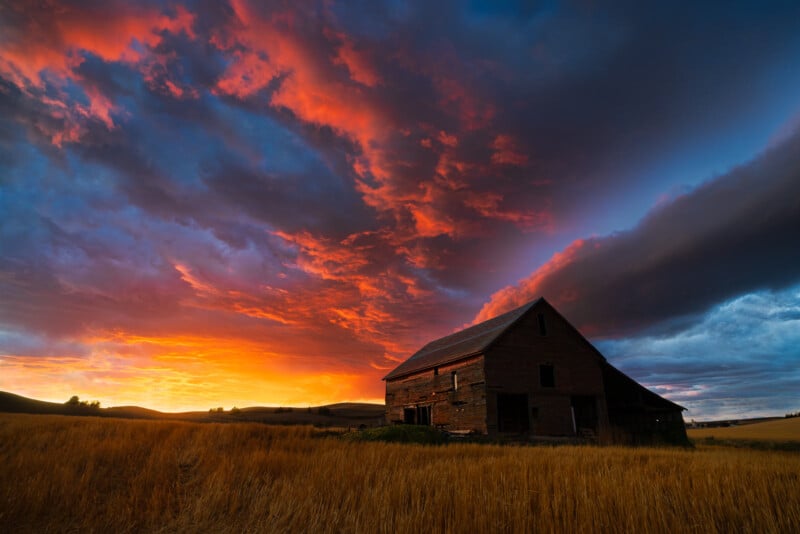
2. A Good Photo Highlights a Theme
A photograph is meant to convey the intention of the photographer, and such language must have a theme. A cluttered composition is like a conversation in a bustling market, making it difficult for one’s attention to concentrate. Therefore, the composition must be concise. However, simplicity is a means, not an end. A blank sheet of paper is the simplest, but how much information can it carry? The purpose of simplicity is to eliminate distractions and highlight the theme.
There is a misconception about minimalism. Minimalist composition can quickly focus the reader’s attention, but its drawback is that it often has little information. Overusing it leads to minimalist forms that leave readers with a lot of empty space and simple visual reactions rather than rich content.
Simplicity does not mean that the fewer elements in the image, the better. The more elements there are, the greater the information it contains, and the more orderly the composition must be, like soldiers in a military parade, not merchants in a bazaar.

3. A Good Photo Has Impact
Good photography must grab people’s attention and leave a lasting impression. In this age of an unlimited supply of beautiful images on the internet, this is especially important. Otherwise, our images will not attract anyone’s attention and can only be enjoyed by a small group of close friends. How can we give our photographs more impact? We must use every trick we have: composition, light and shadow, color, moment, emotion, story, and most importantly imagination.
A long-lasting impression, however, would require content. Simply grabbing people’s attention can last a short time, but it will make people feel empty and even cheated after they have finished viewing the work: wasting their time and ruining their mood. Today, cheap visual impact fills our screens: oversaturated colors, dark and gloomy atmospheres, excessive vignetting, and large areas of dead black with focused highlights, etc.
By now, you can win a few awards in the era where you can enter a photography contest for a few dollars, as this is how club-level photography competitions are judged. For example, the scoring criteria for the Photographic Society of America (PSA) are: three points for technique, three points for composition, and three points for impact. However, for truly excellent work, these three criteria are far from enough.

4. A Good Photo is Creative
A good work must be the photographer’s own creativity, not a simple imitation. Repetitive imitation can be a good learning tool but cannot be called creative work.
Today, “creative” has become our catchphrase, often used to show off our artistic vision, but few people delve into the meaning of creative work. In fact, if we analyze these two words separately, we can understand their mysteries: “creative” is a kind of labor that is unprecedented, and it is the behavior of an artist; “work” is the act of repeating the work of predecessors, and it is the behavior of a craftsman. Although a worker on an assembly line may be more skilled and have a lower defect rate than all his peers, that is not being creative, because the process of creating the product has already been completed before assembly.
We often elevate simple optimization processes to the height of creation: today the clouds are nicer than other images, the foreground I used is a different rock than others, my model’s wrinkles are deeper, and so on. Although these kinds of works may not repeat every detail of the other images, the overall impression is still like a simple imitation. Creation is a novel idea, not a new and insignificant element in the image. When we go out with our camera to photograph on the street, every shot has unique elements, but does that mean every shot is a creative work? Of course not.
Like cheap impact, creativity is often cheapened as well. Many of our creative ideas today are often just simple routines: finding a foreground for the Milky Way, looking for a mountain peak to complement the moon, adding a bird to the scenery with Photoshop, or a solitary tree with a pair of horses, etc. Following a routine can never be creative, only the person who developed the routine is.
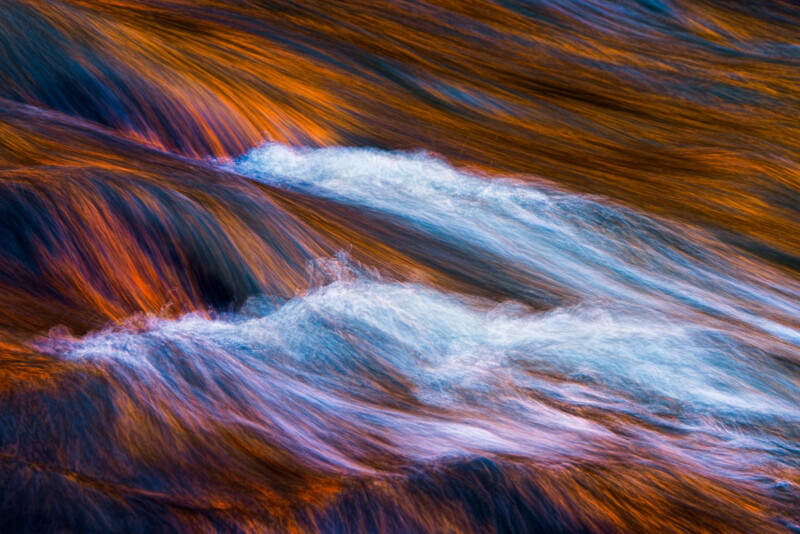
5. A Good Photo Resonates
The language of photography is the exchange of information between the photographer and the viewer. Since it is a communication, a commonly understood language must be used; otherwise, it is like talking to a brick wall. The most important commonality between the photographer and the viewer is our humanity. A good photographer will make full use of this common language of humanity to create resonance.
A good photograph should tell a story, be it a landscape or wildlife photograph. What kind of story? A human story, even though there is no human in the image. Stories related to humans can effectively evoke resonance from the viewers. As a result, the story told by the photographer becomes the story interpreted or imagined by the viewers. This way, the vitality of the work continues to live on in the minds of the viewers.
Not only stories, but humans are also emotional beings. Our work should convey emotions: things like joy, sorrow, or grief. One of the most profound emotions in human nature is love or longing for love. By capturing the love, we can touch the viewers’ hearts and create a deep resonance.
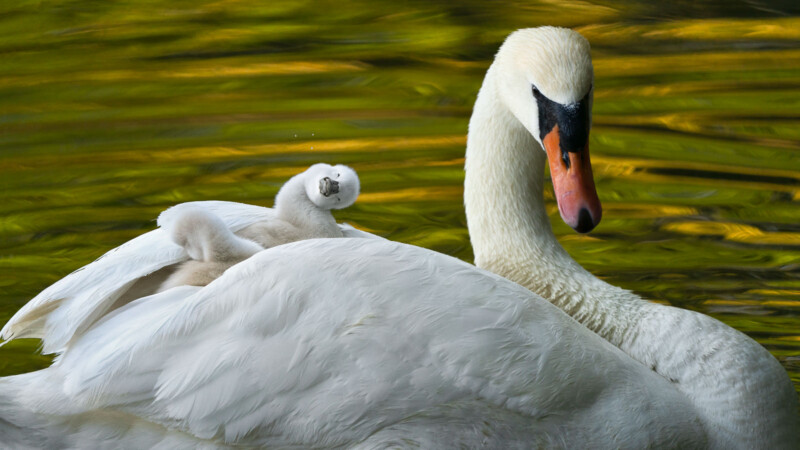
6. A Good Photo is a Sincere Presentation
A good work of photography must withstand the test of time. There is an implicit agreement between the photographers and viewers: photographs must be real, while paintings can be unreal. Violating this kind of implicit agreement will make the viewers feel inexplicably manipulated. We often use artistic reasons as deception. Although this is understandable from a creative perspective and such works can win applause and even various awards, works that have long-lasting vitality must be sincere.
Here, I used the word “sincere” instead of “real.” Works can be an alteration of reality, and Photoshop is the photographer’s paintbrush, giving us complete creative freedom. However, works that are altered realities belong to the realm of creative photography and should be clearly denoted as such. Submitting a work of creative photography to a landscape or wildlife photography contest/publication is not sincere, but submitting it to a different contest as a work of creative photography is sincere.
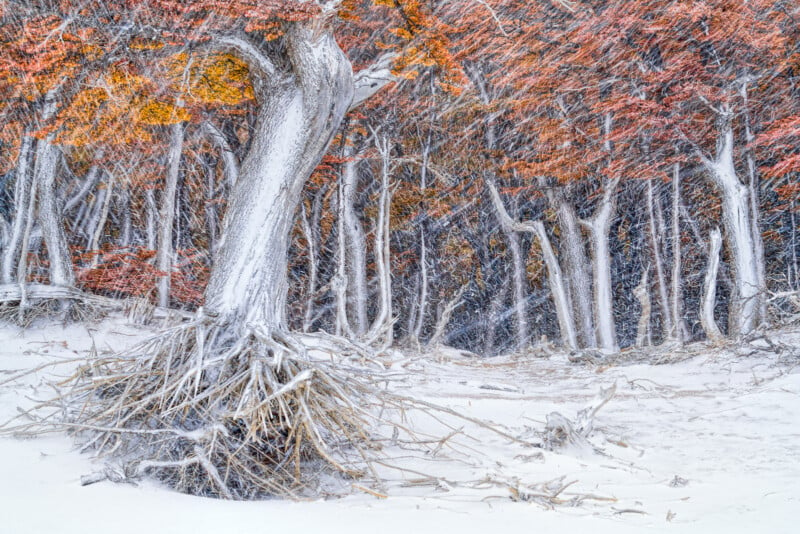
7. A Good Photo is a Record of Time
Photography emerged for history, exists for history, and can become worthless when divorced from history. While we pursue the artistic and personal aspects of photography, we often stray from the original purpose of photography being a tool for recording reality. We distance ourselves from life, relinquish experience, and head straight for an imagined paradise, striving to capture a sensational image with the least time and effort. At the same time, the instant gratification of the web pushes us to cater to popular aesthetic tastes, to obtain instant approval and the accompanying financial benefits.
Historical events are not limited to the human realm alone. Our natural world and the field of science and technology are writing new chapters every day, and it is the photographer’s responsibility to capture and present them to the world. Our works will then acquire a historical value in accordance with the historical events.
More than a decade ago, I made numerous trips to the Bisti Badland to capture its unique rock formations. During one of these trips, I took a break from hiking and photographing to rest on a rock. This moment was often the highlight of my outdoor photography, as I could fully immerse myself in the world without any distractions. It was during this rest that I stumbled upon a never-before-photographed rock formation that resembled a dragon.
I spent some time contemplating the ideal weather conditions that would best enhance the mood of the “dragon”. A year later, I returned on a cloudy day and captured the image that I would later title “Tale of Dragon”. However, when I revisited the site a year later, I discovered that the “dragon” had crumbled due to erosion and become a part of the natural history of the badland. Nevertheless, my image serves as a reminder that once, there was a “dragon” that lived in this rugged landscape.
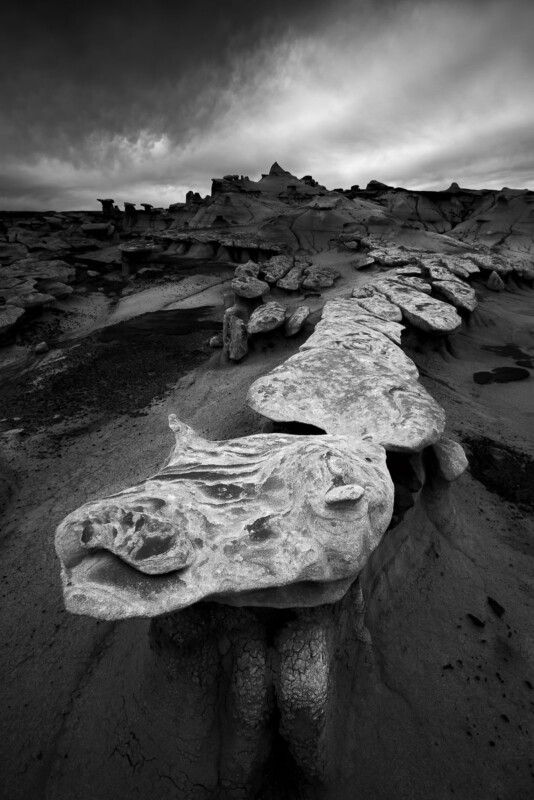
We can criticize the artistic or technical quality of a historical record photograph, but we cannot deny that photography will always be somewhat handicapped in the area of pure artistic expression as compared to painting, including computer-generated painting. Our photography will always be constrained by the authenticity of the visual elements and unable to convey creativity free of restriction. However, this is precisely the advantage of photography over painting and all other artistic means: recording reality, freezing time, and passing it on to viewers, leaving its marks in history.
Our era lacks not pretty images, but powerful historical imagery.
The opinions expressed in this article are solely those of the author.
About the author: John Fan, Ph.D., is a medical physicist in radiation oncology. Besides his outstanding professional career, John is also a world-renowned photographer. He is the winner of many prestigious photography awards. His work has been published extensively in international magazines, books, and gallery exhibitions, including solo exhibits in China. His photography books “Rational Inspiration” and “Talks about Photography” were published in 2017 and 2019 respectively. His photography blog enjoys over 1 million readers and 44 thousand subscribers. He is also a head curator of the online photo gallery 1x.com, co-founder of the acclaimed 4Aperture fine art photography group, and founder of Raying photography group. All his photography works are presented on his personal website.